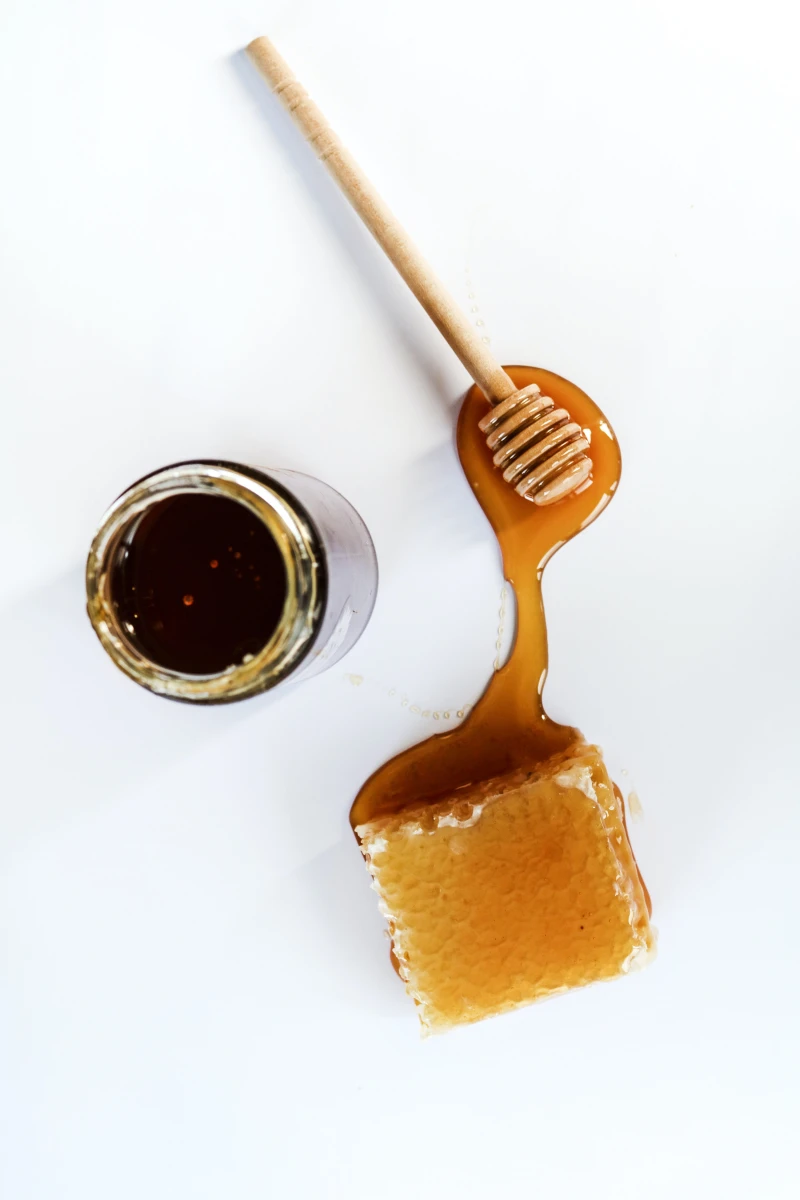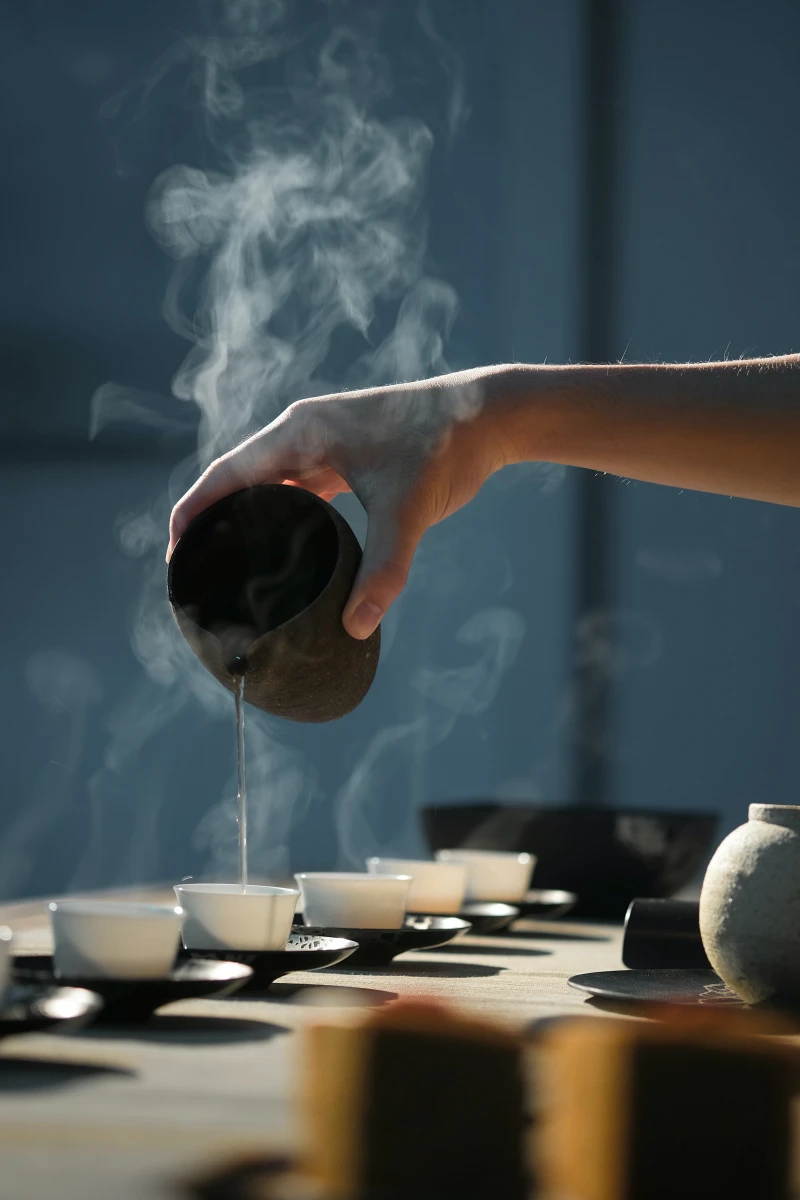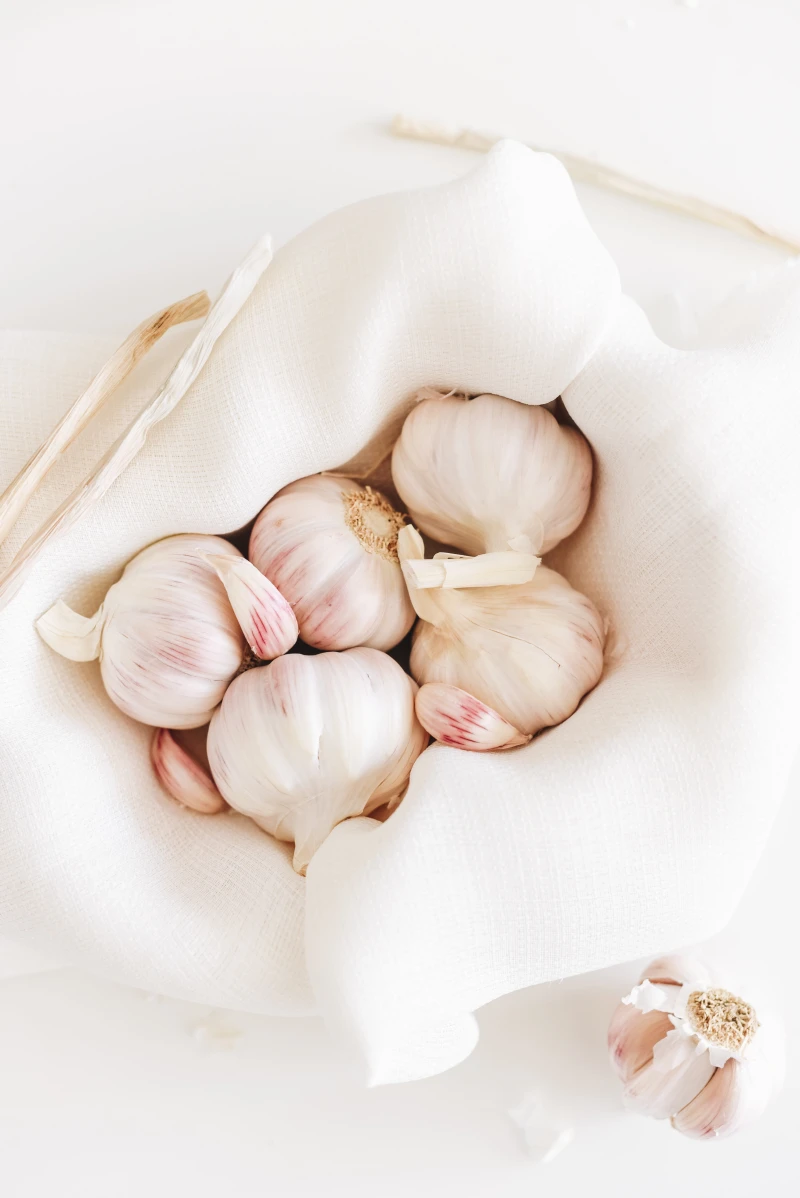Your Cozy Guide to Feeling Better: Real-Talk Remedies for Colds & Flu
Look, nobody has time to be sick. But when a cold or the flu inevitably knocks you off your feet, it feels like the world stops. For years, I’ve been the go-to person in my community for advice on herbal and nutritional support, and I’ve seen what truly helps people feel more comfortable while their bodies do the tough work of healing.
In this article
Just so we’re clear, I’m not a doctor, and this isn’t a replacement for professional medical advice. Think of this as a chat with a friend who’s seen it all and knows a few tricks to help you get through the misery. These aren’t magic cures, but they are time-tested ways to support your recovery.
First, it helps to know your enemy. A cold usually creeps up on you—a little scratchy throat one day, a stuffy nose the next. The flu? That often hits like a ton of bricks with a high fever, body aches, and fatigue that feels bone-deep. While these remedies can soothe symptoms for both, a true flu can get serious, so it’s always smart to keep a doctor in the loop.

Feeling Awful Right Now? A 5-Minute Relief Plan
If you’re reading this from a nest of tissues on your couch, let’s get you some immediate relief. No need to read the whole article yet. Just do this:
- Step 1: Go gargle with warm salt water right now. It provides instant relief for a raw throat. (Details on the perfect ratio are below when you’re up for it).
- Step 2: While you’re up, put the kettle on. Make yourself a simple mug of hot water with a big squeeze of lemon and a spoonful of honey.
- Step 3: Get right back into bed or on the couch. Your main job is to rest.
Your Sick-Day Shopping List
Thinking of sending a loved one on a store run? Here’s a simple list to text them. This is your basic survival kit.
- Fresh ginger root (a piece about the size of your hand)
- A couple of fresh lemons
- Raw, liquid honey (not the creamed kind)
- Non-iodized salt (like sea salt or kosher salt) for gargling
- Zinc lozenges (look for zinc gluconate or acetate)
- Your favorite soothing herbal tea (peppermint or chamomile are great)

The Unskippable Foundation: Rest and Hydration
Before we even think about herbs, we have to cover the two things that matter more than anything else: resting and drinking fluids. Seriously. I’ve seen people try to “push through” and end up prolonging their illness by a week or more. Your body knows how to heal, but you have to give it the right conditions.
When you’re sick, your immune system is working overtime, and that’s what causes the exhaustion and muscle aches. It’s a direct signal from your body to STOP and conserve energy. Sleep is when your immune system really gets to work, producing the cells it needs to fight the infection. So, give in to it!
The Right Way to Hydrate
A fever and a runny nose mean you’re losing fluids fast. Dehydration makes everything worse—headaches, dizziness, and it thickens mucus, making you feel even more congested. Your goal is to keep your urine a pale yellow color. If it’s dark, you need to drink more.

But water isn’t always enough. When you’re sweating out a fever, you lose essential minerals called electrolytes. This is where broths—chicken or veggie—are fantastic. They replenish fluids and minerals and feel nourishing when you have zero appetite.
By the way, you might wonder, “Why not just chug a sports drink?” To be frank, most of them are just sugar water. They often have way too much sugar and not the right balance of electrolytes your body actually needs for rehydration. A better bet is a simple homemade solution that health pros have recommended for ages:
- 4 cups (1 liter) of clean water
- 6 level teaspoons of sugar
- 1/2 level teaspoon of salt
Mix it until everything dissolves. The sugar here isn’t just for flavor; it actually helps your intestines absorb the salt and water more efficiently. It doesn’t taste amazing, but it works wonders when you’re really dehydrated. Sip it slowly throughout the day.

Soothing That Awful Sore Throat and Cough
A hacking cough and a throat that feels like sandpaper can make rest impossible. The goal here is to coat and soothe those irritated tissues and calm that nagging cough reflex.
Honey: Your Throat’s Best Friend
Honey is a classic for a reason. Its thick texture creates a protective film over the raw tissues in your throat, providing immediate relief. For a cough, especially at night, a spoonful of honey can work just as well as many over-the-counter suppressants.
Quick Tip: Instead of just putting it in tea, take one or two teaspoons of honey and let it slowly trickle down your throat. Let it coat everything. Do this whenever a coughing fit starts, up to a few times a day.
Save vs. Splurge: Any raw honey will do the trick, which you can find for about $8-$12 at the grocery store. If you want to splurge, Manuka honey has extra potent antimicrobial properties, but it can run you $25-$50 a jar. For basic soothing, the regular raw stuff is perfectly fine. Oh, and did you know? Honey is so stable and antimicrobial that edible pots of it have been found in ancient tombs!

Heads up! NEVER give honey to an infant under one year old. It’s a serious botulism risk for their undeveloped digestive systems.
The Magic of a Salt Water Gargle
This isn’t just an old wives’ tale; it’s based on simple science. The salt in the water draws excess fluid out of your swollen throat tissues, which temporarily reduces pain and inflammation. It also helps wash away irritants.
The perfect mix is about 1/4 to 1/2 teaspoon of salt in 1 cup (8 ounces) of warm water. Make sure the salt is fully dissolved. Gargle for a full 30 seconds (hum the alphabet song in your head!), then spit it out. You can do this 2-4 times a day when your throat is really bothering you.
Steam: The Ultimate Decongestant
Breathing in warm, moist air is one of the best ways to loosen up all that gunk in your sinuses and chest. The easiest way is to take a long, hot shower. A humidifier in your room at night is also a game-changer for a dry, hacking cough.

For a more intense session, you can use a bowl of hot water. Just be careful! Pour boiled water into a large bowl and let it cool for a minute so the steam isn’t scalding. Drape a towel over your head, keep your face at least a foot away, and breathe deeply for 5-10 minutes. It provides incredible relief for sinus pressure. A personal steam inhaler from a pharmacy (around $30-$40) is a safer, more controlled option if you’re nervous about the bowl method.
Powerful Remedies from Your Kitchen
Your pantry is full of allies. Many common foods and spices have been used for centuries to support the body.
Fresh Ginger Root
Ginger is a powerhouse. It’s known for being warming and anti-inflammatory, which is perfect for those flu-like body aches. It’s also fantastic for settling an upset stomach.
To get the real benefits, you need to simmer the fresh root, a process called a decoction. Here’s how:

- Slice about a 1-inch piece of fresh ginger (no need to peel it). A nice chunk of ginger will only cost you a dollar or two at the store.
- Add it to 2 cups of water in a small pot.
- Bring it to a boil, then simmer gently for 15-20 minutes. The longer it simmers, the spicier it gets.
- Strain it into a mug and add lemon and honey to taste.
I’ll never forget the first time I made a ginger decoction too strong and practically breathed fire—a good reminder that more isn’t always better! Start with a shorter simmer time and see how you like it. Sip on 2-3 mugs of this throughout the day.
Too tired for all that? I get it. As a backup, a high-quality, potent ginger tea bag is a decent substitute. It won’t be as strong, but it’s better than nothing.
Potent Garlic
Garlic’s power comes from a compound called allicin, which only forms when a clove is crushed or chopped. The catch? Heat destroys it. To get the benefit, chop or crush a clove and—this is the important part—let it sit for 10-15 minutes before you eat it. This gives the magic a chance to happen.

Now, eating raw garlic is… intense. If that’s too much for you, try mixing the chopped-and-rested garlic into a spoonful of honey or some olive oil. My favorite trick is to let the chopped garlic sit in a spoonful of honey for about an hour; it mellows the harsh bite while preserving the good stuff.
A Little Extra Support
When you want to go beyond basic comfort, a couple of supplements can offer more targeted help.
Zinc Lozenges
Some studies suggest that taking zinc lozenges can help shorten a cold’s duration. The key is to start them within 24-48 hours of your first symptoms. You need to let the lozenge dissolve slowly in your mouth so it can coat your throat. Don’t chew it! Take one every 2-3 hours while you’re awake, but only for a few days. A pack of zinc lozenges will typically cost you between $5 and $10.

A common side effect is a weird metallic taste or a bit of nausea. And a major safety note: stick to the lozenges. Zinc nasal sprays have been linked to a permanent loss of smell.
Elderberry Syrup
Elderberry is incredibly popular for flu support, and for good reason. It’s packed with antioxidants that can help modulate your immune response. Good quality syrup can help reduce the severity and duration of the flu.
Save vs. Splurge: Quality really matters here. Look for a syrup made from European black elderberry (Sambucus nigra). A standard bottle from a reputable brand costs about $15-$20. You can find more artisanal or concentrated versions for $30 or more, but a standard one is a great place to start. Start taking it as soon as you feel sick.
CRUCIAL WARNING: This is NOT a do-it-yourself project. Raw, uncooked elderberries and other parts of the plant are toxic. Always use a professionally prepared, cooked product.

Know Your Limits: When to Call a Doctor
This is the most important part of this entire guide. Being smart about self-care also means knowing when you’re out of your league. Please, get medical help immediately if you experience any of these red flags:
- Difficulty breathing or shortness of breath.
- Chest pain or pressure.
- Confusion or disorientation.
- A very high fever (over 103°F for adults) that won’t come down.
- A severe headache combined with a stiff neck.
- Any signs of serious dehydration (dizziness, not urinating).
- Symptoms that get better and then suddenly come back worse, with a higher fever or cough.
Finally, some people—like young children, adults over 65, pregnant women, and anyone with a chronic health condition—are at higher risk for complications. If that’s you, call your doctor at the first sign of the flu. They might have specific treatments that can help.
Treating yourself with kindness when you’re sick is a form of respect for your body’s incredible ability to heal. So listen to it, give it the rest and support it’s asking for, and have the wisdom to call for backup when you need it. You’ll be back on your feet before you know it.

Inspiration:

When you feel a sore throat coming on, don’t just reach for any lozenge. The key is choosing one with the right active ingredients. For that scratchy, painful feeling, look for lozenges containing pectin or glycerin—these ingredients coat and lubricate your throat, offering immediate relief. Brands like Halls Soothe or Ricola Dual Action are great examples. If you’re trying to shorten the cold’s duration, zinc lozenges are your best bet, but be sure to start them within 24 hours of your first symptoms for them to be effective.










